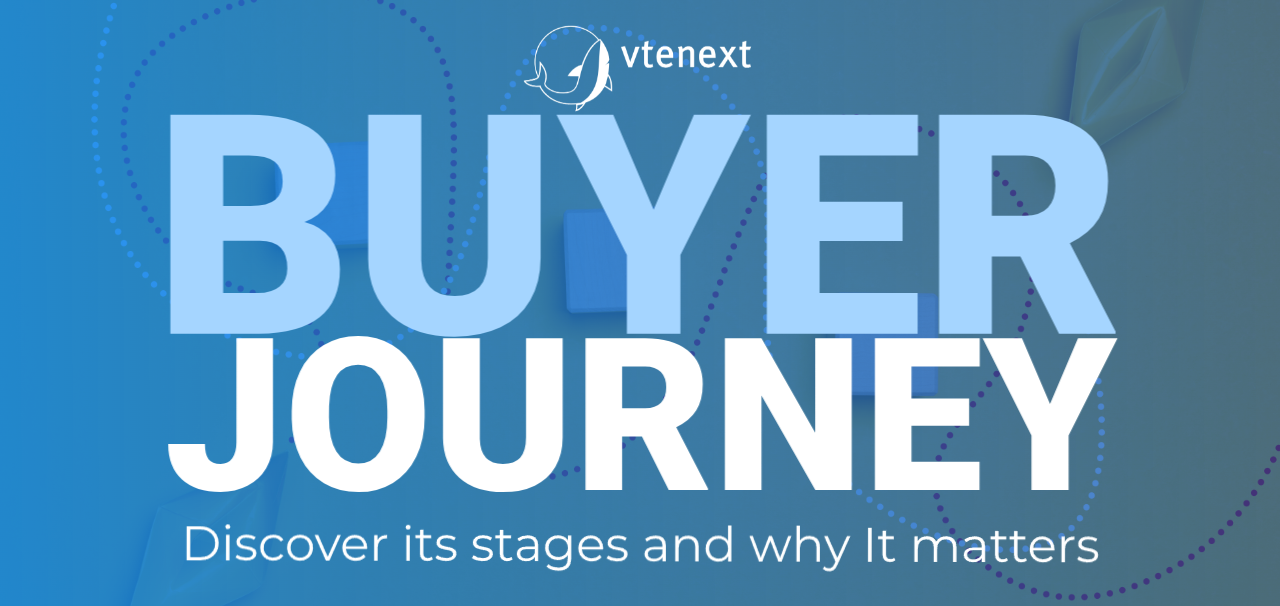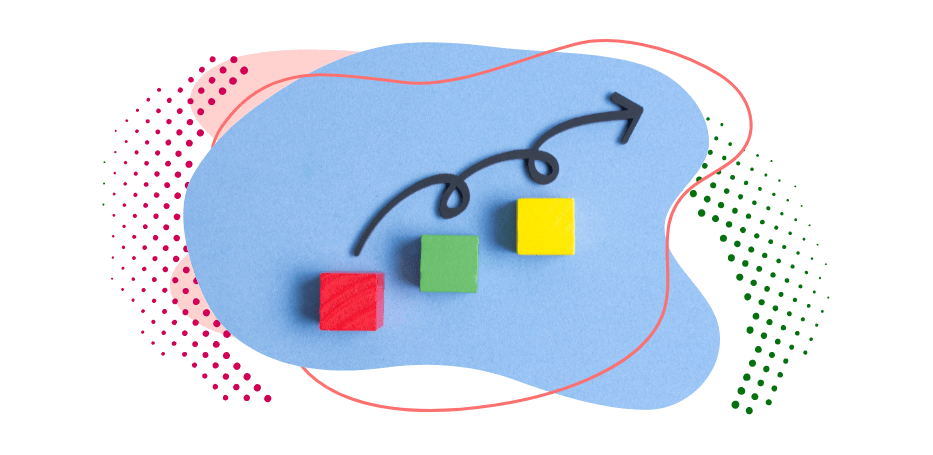Every purchase decision is the result of a process of reflection, research and comparison. Rarely does a consumer choose a product or service on impulse. Instead, the process can take days, weeks or even months. Understanding this journey allows companies to identify the audience’s needs at the right time, offering the information needed to facilitate choice.
The buyer journey is a metaphor that represents the evolution of the consumer’s thinking, from recognizing a problem to making a decision. Mapping this path allows you to identify any obstacles that could cause potential customers to be lost along the way and allows you to fine-tune your marketing strategies to maintain their attention.
Without a clear approach, the risk is that you communicate too late or ineffectively, leaving the field open to competitors. Building a seamless experience is key to turning simple stakeholders into loyal customers.
What is the buyer journey
As you can easily deduce from the term, the buyer journey is the journey that a consumer goes through before making a purchase. It is not a direct or sudden action, but an organized path in which each individual goes through different stages of awareness, assessment and decision. Keeping this concept in mind allows companies to understand how potential customers interact with a product or service, from the initial recognition of a problem to the selection of the most suitable solution.
From a strategic perspective, the buyer journey provides a detailed insight into buying motivations and behaviors, helping companies build more effective experiences. Each step represents a critical moment when a customer can abandon the intention to buy or continue with more conviction. Therefore, analyzing and optimizing this path is essential to improve conversions and build a solid relationship with your target audience.
Why the buyer journey is important
Every interaction between a company and its potential customers takes place within a well-defined path. It is not enough to have a good product or quality service: what really influences the decision to buy is the overall experience that a consumer experiences over time. The buyer journey allows you to understand this dynamic, offering a detailed map of the decision-making process, with the aim of anticipating the needs of the public and responding promptly and effectively.
Without a clear strategy based on the buyer journey, there is a risk of leaving sales to chance, without considering the real needs of customers in the different stages of the purchase process. Monitoring and optimizing each step reduces the barriers that can hinder conversion, improving the effectiveness of marketing campaigns and ensuring a more fluid and natural interaction between the brand and the consumer. A well-structured buyer journey is able to turn interest into action and satisfaction into loyalty.
The three stages of the buyer journey
There are three main stages through which the buyer journey unfolds, each of which represents a key moment in the purchase process, where the consumer faces doubts, gathers information and finally makes a decision.
Awareness phase
In the Awareness phase, the consumer realizes that they have a need or problem, but often does not have a clear solution. This is when they begin searching for general information, reading articles, browsing social media posts, or engaging in online discussions. For companies, this represents an opportunity to position themselves as a point of reference, offering educational and informative content that answers initial questions and doubts.
Consideration phase
After the first stage has been completed, the potential customer begins to assess the options available. Here the focus shifts from the problem to possible solutions. They compare products, analyse reviews and explore the features of available alternatives. This is the moment when a company must highlight its strengths, through case studies, clear comparisons with the competition and testimonials of satisfied customers. The objective is to guide choice by demonstrating the concrete value of the offer.
Decision phase
In the third stage, Decision, the consumer is ready to make a purchase decision but may still be hesitant. Price, guarantees, after-sales service and delivery methods become decisive factors. In this last step, the company’s role is to facilitate conversion by offering free trials, flexible payment plans or personalized support to resolve any doubts and consolidate customer confidence.
How to optimize the buyer journey to increase conversions
Reducing friction along the way is essential to prevent abandonment and increase the chances of conversion. Optimising it means understanding every step of the decision-making process, providing the right information at the right time. This can improve the conversion rate and also helps strengthen customer loyalty.
Analyzing potential customer data and behavior is the first important step, and helps create buyer personas. Tools such as CRM allow companies to identify which content works best and where the audience tends to stop in the buying process. Once the customer journey is clearly understood, companies can refine communication and personalize messages.
Optimization also involves the creation of suitable content for each stage. During the Awareness stage, blog articles, guides and educational infographics can help the public recognize a need. During Consideration, case studies, product demos, and detailed comparisons with the competition strengthen the perception of the value of the offer. Finally, in the Decision stage, limited offers, free trials and transparency on costs and guarantees reduce the last hesitation.
At the same time, it is essential to simplify the conversion process, for example through intuitive website navigation, well-structured landing pages and streamlined purchase paths that help minimize drop-offs. Communication must also be clear: providing quick answers to questions or objections via chatbots, effective FAQs or personalized assistance can make the difference between an acquired customer and a lost one.
Finally, you must always remember that the buyer journey must be constantly tested and optimized: monitoring metrics such as conversion rate, time spent on pages and the number of steps required to complete a purchase helps identify critical points and improve the user experience.
How to optimize the buyer journey with a CRM
A CRM is an essential tool for monitoring and improving the buyer journey, allowing companies to track every interaction and personalize the relationship with potential customers. Platforms like vtenext offer advanced sales process management, combining automation and data analytics to make each step more efficient.
Thanks to vtenext, you can segment your audience based on their buying behaviour, identify critical points along the way and take proactive action with targeted content or actions. Automation allows you to send personalized messages, suggest relevant resources and optimize the time of sales teams by focusing efforts on the most qualified leads.
A CRM facilitates the integration between marketing and sales, ensuring a unified view of data and improving the continuity of customer experience. The strategic use of vtenext helps refine the buyer journey and guide each potential customer towards a purchase decision with a more fluid and engaging path.

